Cultural And Natural Highlights Of El Salvador (11 days)
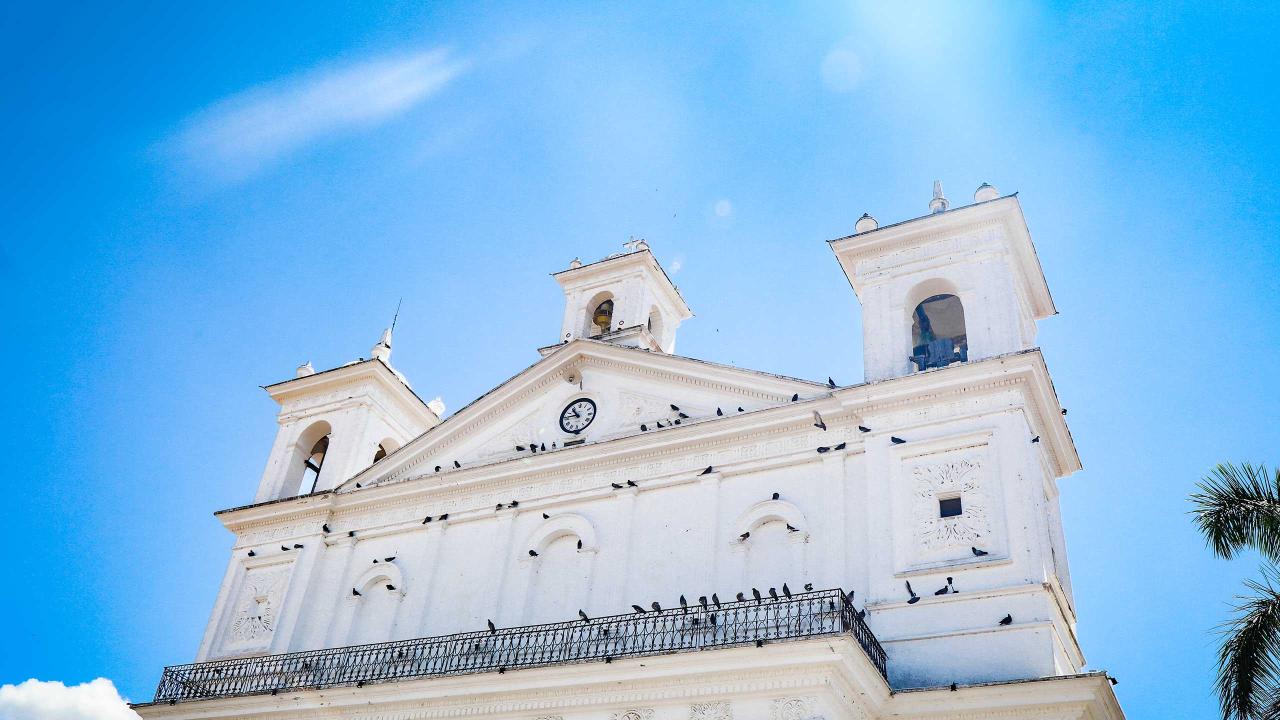
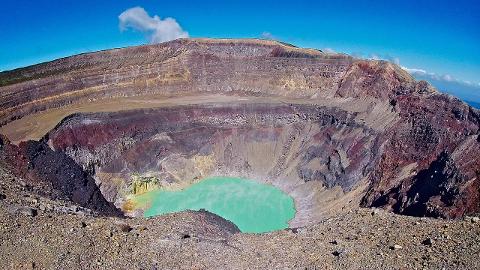
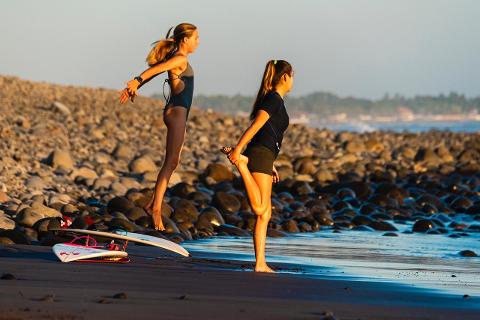
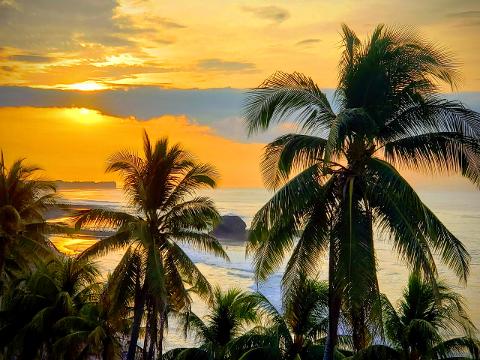
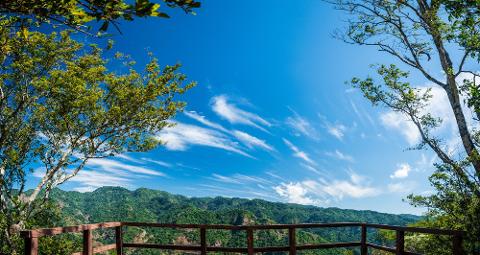

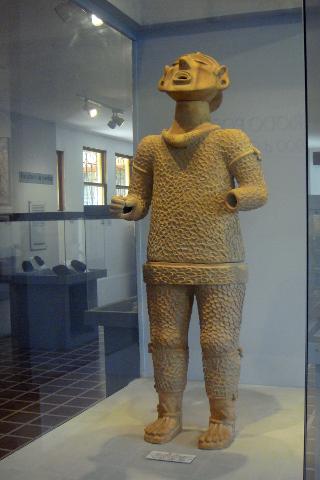
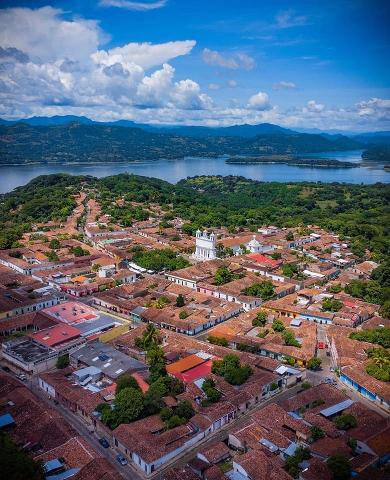

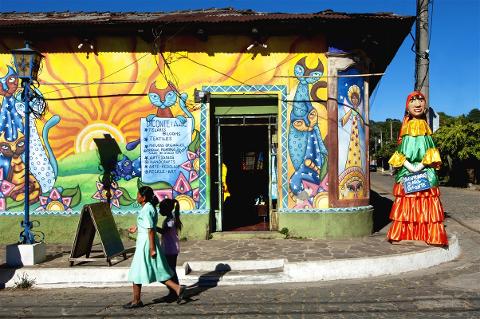
- Varaktighet: 11 Dagar (cirka)
- Plats: San Salvador
- Produktkod: PF7ZHY
Tour Summary:
Day 1: Arrival in San Salvador
Day 2: History Tour: Tazumal and Joya de Cerén
Day 3: Suchitoto
Day 4: El Pital
Day 5 and 6: Montecristo National Park
Day 7: Santa Ana Volcano
Day 8: Ataco - El Imposible National Park
Day 9: Barra de Santiago
Day 10: Tunco - San Salvador
Day 11: Departure
Tour In Depth:
Day 1: Arrival in San Salvador
Meet and greet with our team at the airport and transfer to your hotel. If there is enough time, we’ll do a city tour in San Salvador.
Day 2: History Tour: Tazumal and Joya de Cerén
Today is all about history. We’ll start our day at the famous Maya ruins of Tazumal and will then proceed to El Salvador’s own Pompeii: Joya de Cerén.
Tazumal is an ancient Mayan archaeological site located in the town of Chalchuapa, in El Salvador. The site contains a number of pre-Columbian ruins, including a pyramid and several other architectural structures. Tazumal is considered to be one of the most important Maya sites in the region and has been designated a UNESCO World Heritage Site.
Joya de Cerén is another archaeological site located in El Salvador, near the village of San Andrés. The site is also known as "The Pompeii of the Americas," as it is a well-preserved example of a pre-Columbian agricultural village. It is believed that the village was buried by ash and mud during a volcanic eruption around 600 AD. The site was excavated in the 1970s and many of the structures and artifacts found there are now housed in the Joya de Cerén Archaeological Museum. In the late afternoon we’ll then continue our way to Suchitoto.
Day 3: Suchitoto
Today we’ll explore Suchitoto, a town located in the department of Cuscatlán, El Salvador. It is known for its colonial-era architecture and its picturesque setting on the shores of Lake Suchitlán. The town has a rich history and culture, and is a popular tourist destination in El Salvador. Visitors can stroll along the cobblestone streets and admire the colorful colonial-era buildings, visit art galleries, and learn about the local culture.
We’ll visit the Church of San Francisco, a beautiful colonial-era church that dates back to the 16th century and explore the cobblestone streets and admiring the colorful colonial-era buildings, including the Casa de Cultura, which now serves as a cultural center. We’ll also have a boat tour on Lake Suchitlán, where we’ll admire the beautiful natural landscapes and see a variety of bird species. In the afternoon we’ll proceed north towards El Pital and will stay in a nice hotel on the way to the mountain.
Day 4: El Pital
Today we’ll go to El Pital, the highest mountain in El Salvador, reaching an elevation of 2,730 meters (8,957 feet). El Pital is located on the border between Honduras and El Salvador. The mountain is a popular destination for hiking and climbing, as well as for bird watching as well as camping, which we will do over here tonight.
The El Pital National Park is a protected area that surrounds the mountain, it covers an area of 9,870 acres, offering visitors a wide range of outdoor activities. The park offers hiking trails that lead to the summit of El Pital, where visitors can enjoy panoramic views of the surrounding landscapes. The park is also home to a variety of plant and animal species, including the endangered Resplendent Quetzal and Puma. Other activities such as camping and bird watching are also available within the park for visitors. Due to its high altitude, the park can be relatively cool, especially in the morning and night, it is advisable to wear warm clothing or bring a jacket.
Day 5 and 6: Montecristo National Park
After breakfast we’ll go to Montecristo where we will go hiking in one of the most beautiful settings of El Salvador. On our first night we’ll be camping in the park and on the second day we’ll go to a smaller reserve south of the park: Reserva Piedro Iman.
Montecristo National Park is a protected area named after the Cerro Montecristo, the highest peak in the park which rises to an elevation of 2,401 meters (7,874 feet). The park is part of the Sierra Apaneca-Ilamatepec range and covers an area of 15,254 acres.
The park is known for its diverse landscapes, which include lush cloud forests, rugged peaks, and pristine waterfalls. During our hike through the forest we’ll explore the various ecosystems found within the park, such as the cloud forests, pine forests and oak forests. The park is also home to a variety of plant and animal species, including the endangered Resplendent Quetzal, Puma, and Black-faced Solitary Eagle.
Day 7: Santa Ana Volcano
El Salvador has a total of 22 volcanoes with Santa Ana one of the most famous volcanoes as it has an excellent hike and a great view from the summit. Today we’ll go visit the volcano and after our hike at Santa Ana we’ll proceed to Concepcion de Ataco on the Ruta de las Flores, which is one of the most beautiful and colorful towns in all of El Salvador and cannot be missed on your travel to El Salvador.
Santa Ana volcano, also known as Ilamatepec, is one of the most active volcanoes in El Salvador, located in the western part of the country. It is the highest volcano in the country with an elevation of 2,381 meters. The volcano is part of the Pacific Ring of Fire and has erupted several times in recent history, with the last major eruption taking place in 2005.
The volcano is surrounded by a national park, Parque Nacional Los Volcanes, that offers visitors the opportunity to hike to the summit and enjoy stunning views of the surrounding landscapes. The park is also home to a variety of plant and animal species, including the endangered Resplendent Quetzal, Puma and Black-faced Solitary Eagle.
Day 8: Ataco - El Imposible National Park
Ataco is at the doorstep to the El Imposible National Park, our playground for today. We will camp at the park tonight or stay at a chalet.
El Imposible National Park is a protected area located in the department of Ahuachapán, El Salvador. It covers an area of 12,915 acres, and is known for its rugged landscapes, dense tropical forests, and diverse wildlife. The park gets its name from the El Imposible river that runs through the park, the steep terrain and rugged vegetation along the river made it nearly impossible for the first settlers to cross and explore the area. The park features a variety of hiking trails that lead visitors through the forest and to the top of the mountain. The park's topography is diverse, with steep cliffs, deep canyons, and cascading waterfalls that provide visitors with a chance to experience El Salvador's natural beauty. The park is also home to a wide variety of plant and animal species, including the endangered Central American spider monkey, and many species of birds, butterflies and orchids.
Day 9: Barra de Santiago - El Tunco
After eight days of mountains, parks, forest and culture, it’s time to go visit the coast of El Salvador. We’ll start with a scenic area which is still largely undiscovered by tourists and a true hidden gem. This is perfect for birdwatching and relaxing and a great introduction to the coast. After spending a few hours here, we’ll then proceed to the most known beach in El Salvador: El Tunco, known for its surf waves and relaxed atmosphere.
Barra de Santiago is a coastal community located near the Pacific Ocean, near the border with Guatemala. The area is known for its beautiful beaches and mangrove forests, as well as for its rich marine life and excellent opportunities for sportfishing and ecotourism. Visitors can swim and sunbathe on the sandy beaches, or explore the mangrove forests by kayak or boat. The area is home to a variety of fish and bird species, as well as crocodiles and manatees. The community of Barra de Santiago has a rich fishing tradition, visitors can see the boats arriving from the sea and purchase fresh fish directly from the local fisherman.
Day 10: El Tunco - San Salvador
Today you’ll have a free day to relax at El Tunco and in the late afternoon we’ll head to San Salvador where you will check in at your hotel.
El Tunco is a small coastal village located in the department of La Libertad, El Salvador. It is situated on the Pacific Ocean, about 60 km west of the capital city of San Salvador. The village is known for its beautiful black sand beaches and excellent surf conditions, as well as for its lively nightlife and vibrant local culture.
El Tunco is a popular destination for surfers, as the area is known for its consistent waves and wide variety of breaks. The beach breaks are suitable for both beginners and experienced surfers. The beach has a natural reef that creates a consistent wave breaking on both directions, left and right. The black sand gives the water a dark blue color and is a unique feature of the beach.
The village of El Tunco is also a great place to explore the local culture and customs. Visitors can sample traditional Salvadoran cuisine, shop for handmade crafts, and watch traditional music and dance performances. The nightlife in El Tunco is lively and varied, with a variety of bars and restaurants that offer live music and dancing.
El Tunco has grown in popularity as a tourist destination in recent years, it has developed an infrastructure to cater to tourists with a variety of accommodations and facilities, from budget-friendly hostels to high-end resorts. Visitors can enjoy an authentic Salvadoran beach experience, combined with the convenience and amenities of a tourist-friendly destination.
Day 11: Departure
Today we’ll bring you to the airport. We can also transport you to the border between El Salvador and Guatemala or Honduras and arrange your border crossing and transport.
Included:
- Accommodation in midrange/upper midrange hotels/guesthouses
- All transport in private vehicles
- Professional, local English speaking guide (or Spanish of course)
- All entrance fees and activities as describes
Not included:
- Visa and tourist pass
- Flights
- Meals and drinks
- Tips and gratuities